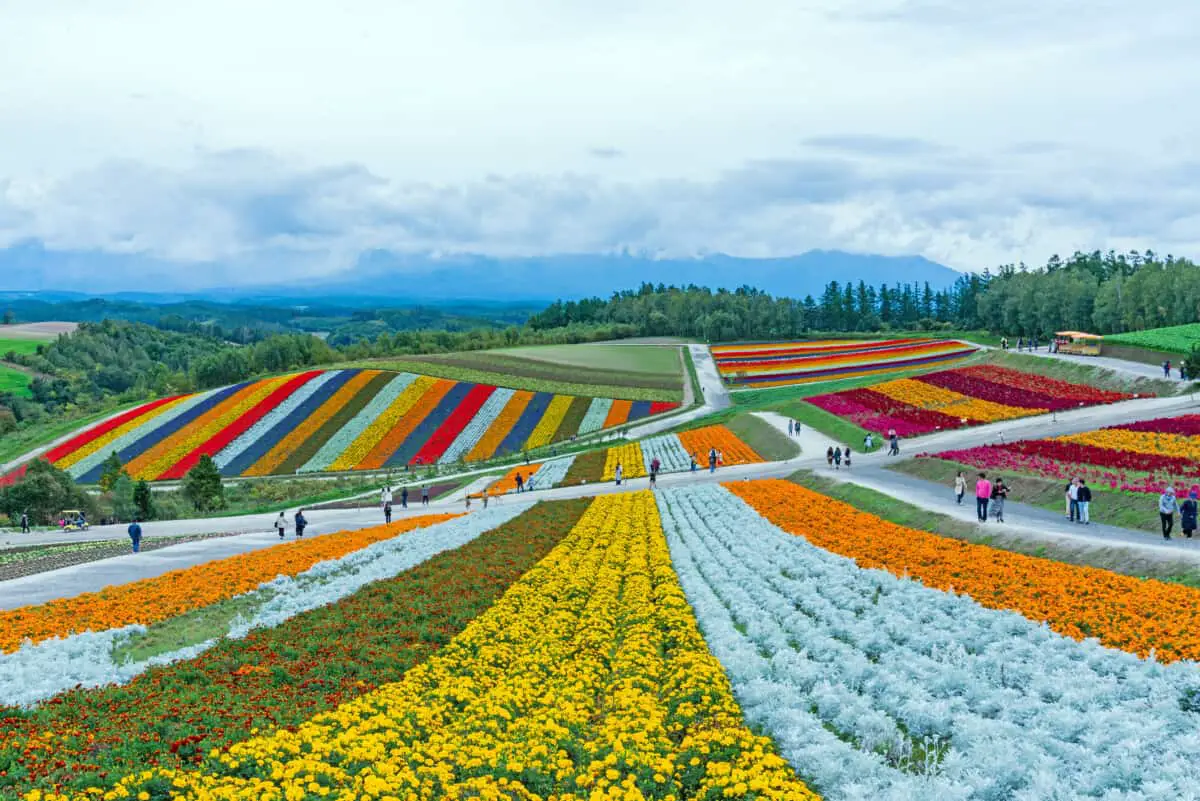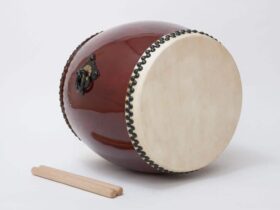A beautiful place to visit in Northern Japan, Hokkaido is a favorite destination for both nature lovers and thrill-seekers.
Hokkaido is the most northern island in Japan and is a very popular destination for tourists. The island has a lot to offer and for this reason, it is worth researching what you would like to do in advance so that you do not miss out on anything.
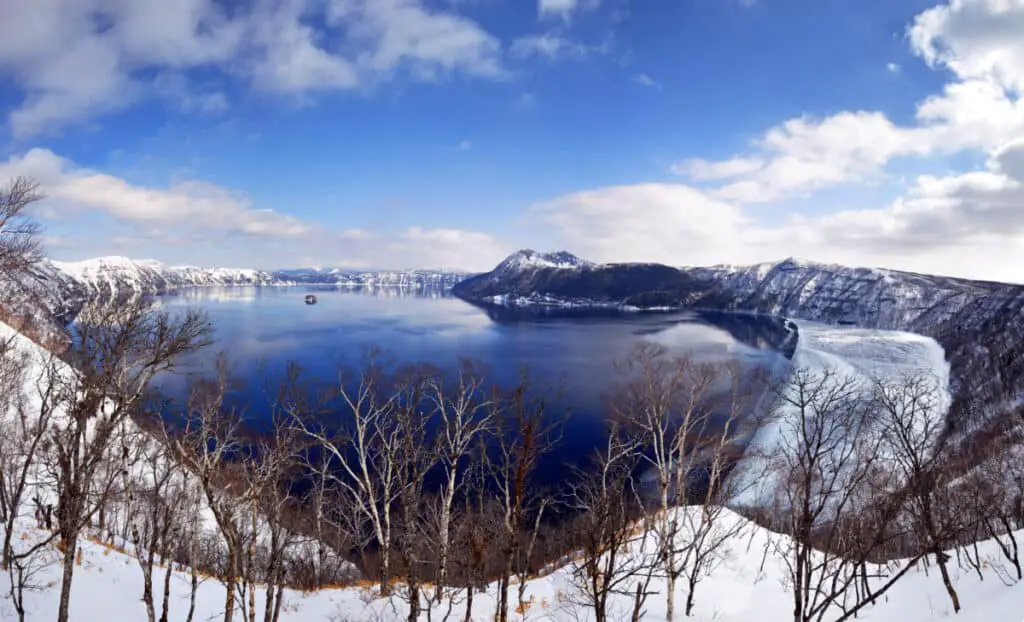
Knowing exactly which tourist spots, restaurants, and sights you want to visit will help you manage your time on the island well.
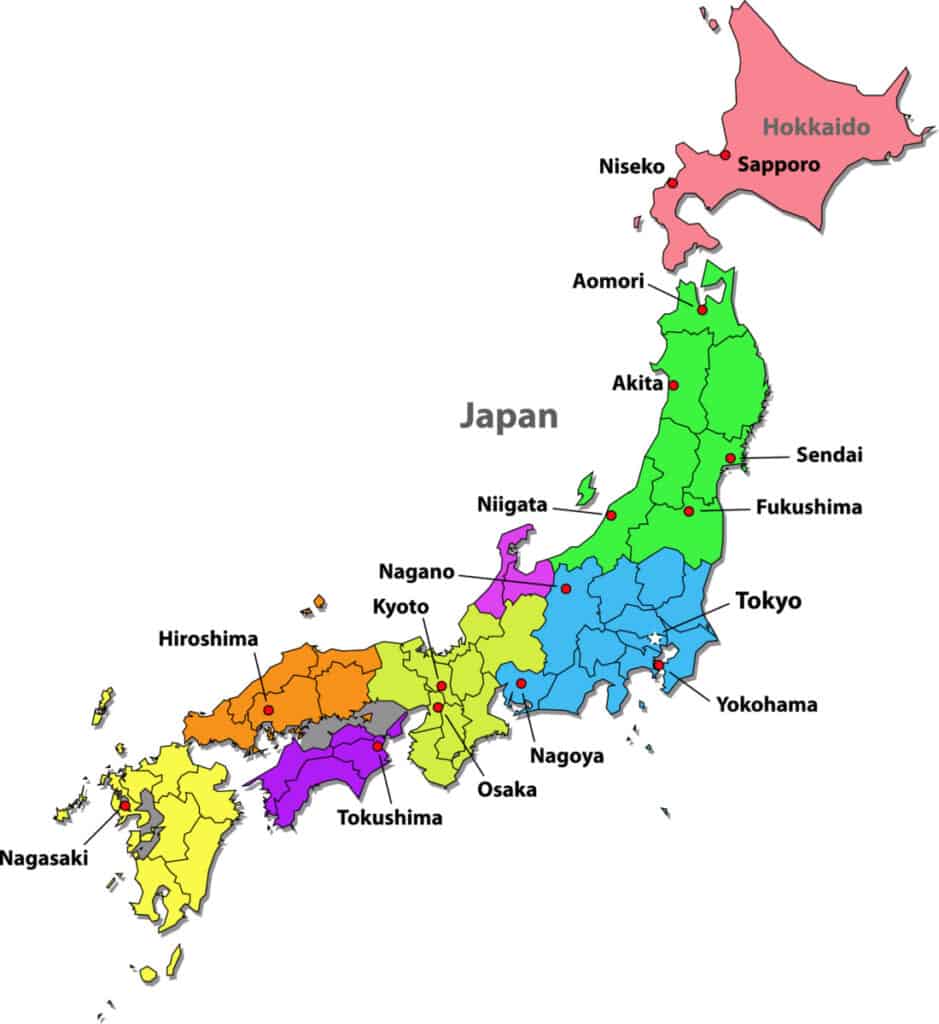
Hokkaido is the least developed of all of Japan’s main four islands despite the fact that it is the second largest.
Hokkaido is known as a haven for those that enjoy being outdoors as its unspoiled beauty is stunning both during the cold winter months, making it a great attraction for those looking for winter sports, as well as in the summers, which is typically cooler than in the south.
Here we’ll tell you everything you’ll need to know to plan your perfect trip to Hokkaido from the best tourist spots to where to find the best food and even where to truly get the best appreciation for the beauty of the island.
Hokkaido has 6 national park areas:
Rishiri Rebun Sarobetsu National Park
The wilds of northernmost Hokkaido are home to Rishiri-Rebun-Sarobetsu National Park, which stretches beyond the shore to two tiny islands. Landscapes in the park range from volcanic cones to peat wetlands to steep coastal cliffs.
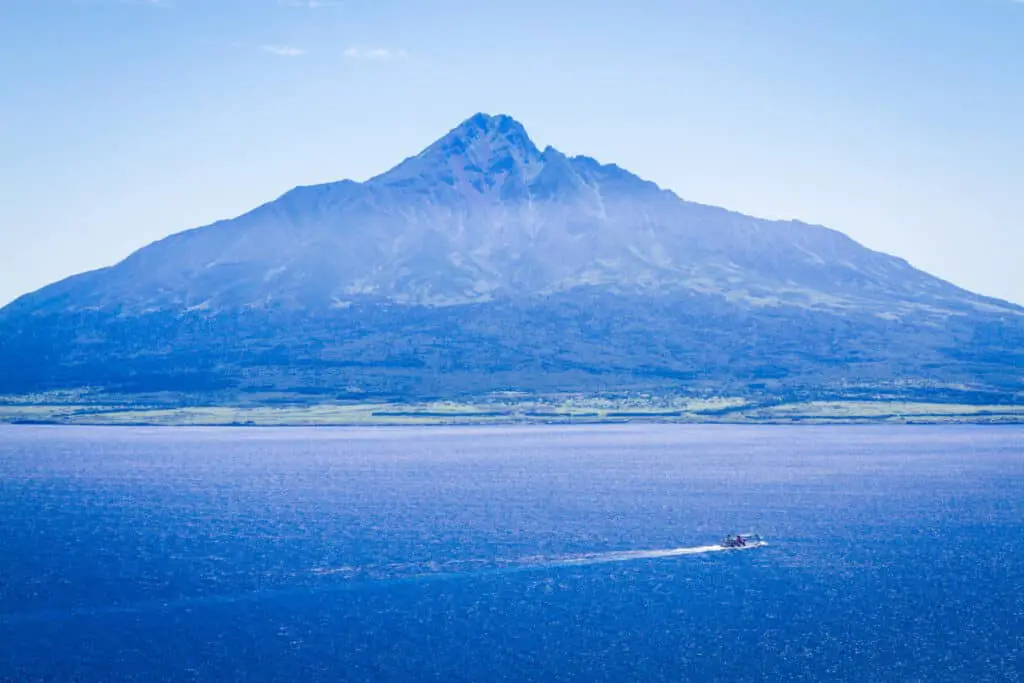
Shiretoko National Park
Much of the peninsula is only accessible by foot or by boat, making it one of Japan’s most inaccessible areas. Shiretoko is well known for being home to Japan’s greatest brown bear population and for providing views of Kunashiri Island, which is claimed by both Japan and Russia.
Kamuiwakka Falls is a hot springs waterfall in the park. In Ainu, Kamui wakka means “water of the gods.”
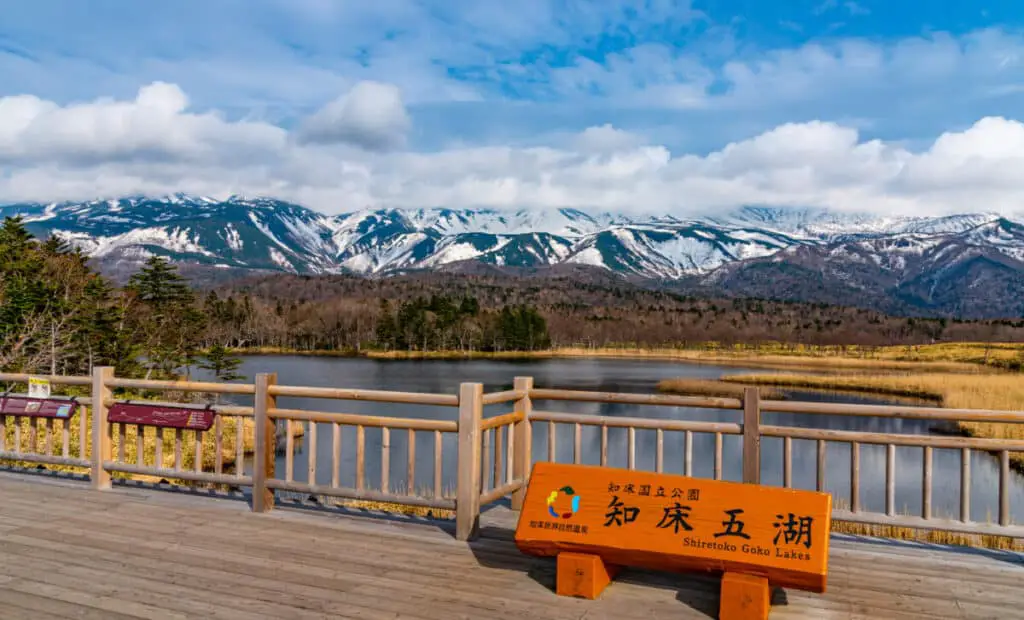
Akan Mashu National Park
These are Hokkaido’s two oldest national parks, together with Daisetsuzan National Park. The park opened on December 4, 1934. Akan is a volcanic crater park with forests and crystal clear lakes. It is also known for its hot springs.
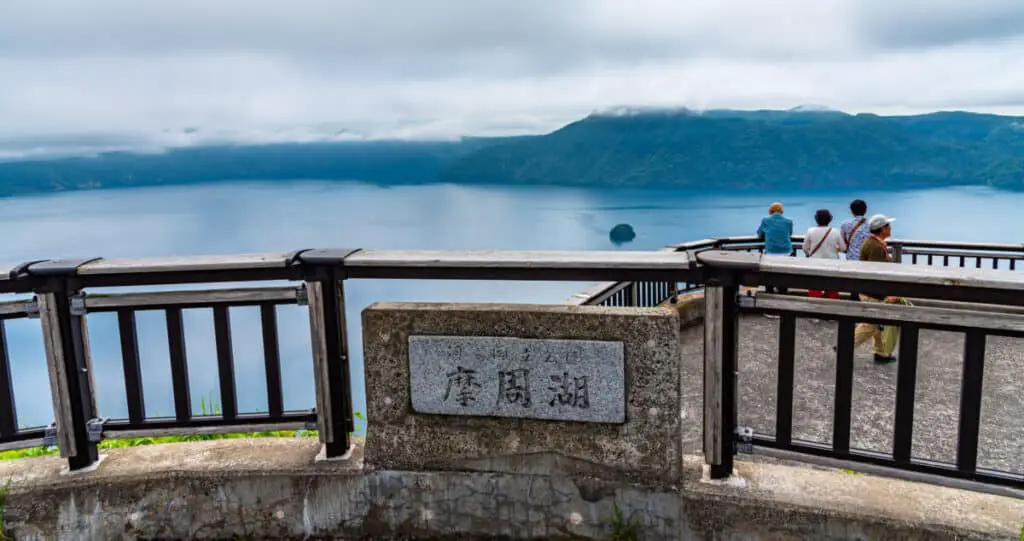
Kushiro Shitsugen National Park
Kushiro-shitsugen (Kushiro Wetlands or Kushiro Swamp) is a 100-square-mile region in the Kushiro Plain that has some of Japan’s biggest reedbeds. The Kushiro River flows through the park and originates in Lake Kussharo.
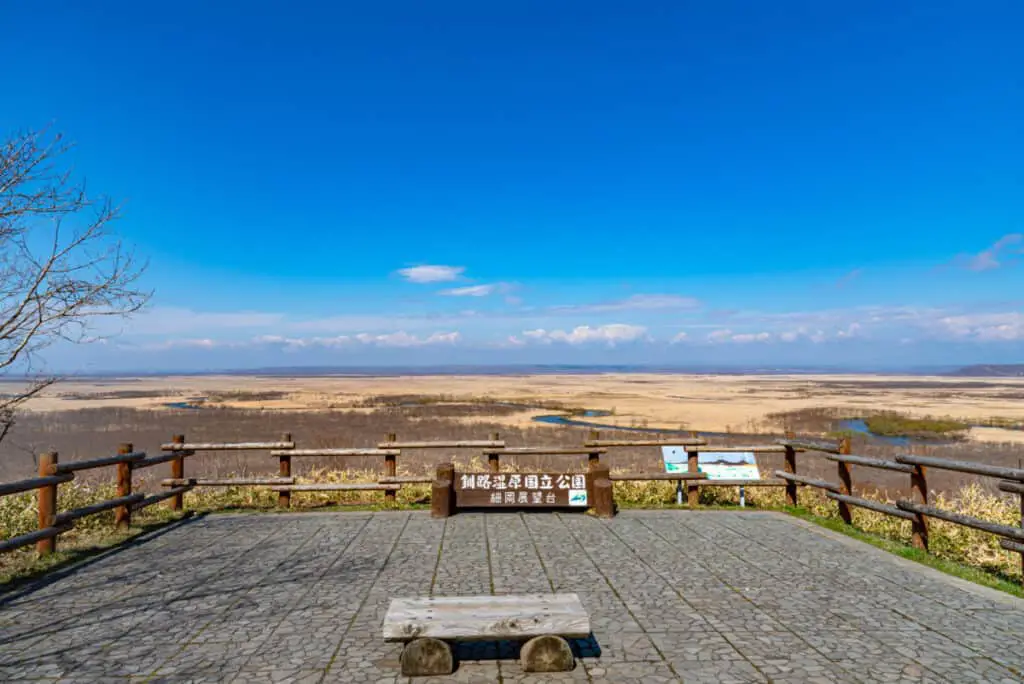
Daisetsuzan National Park
Daisetsuzan National Park has 16 peaks exceeding 6,600 feet, with and without hiking paths. The park has some of Japan’s most harsh landscapes.
The tallest mountain in Hokkaido, Asahidake (7,510 feet), is located in the park’s northwestern corner. Daisetsuzan National Park is located in Hokkaido’s Kamikawa and Tokachi subprefectures. In 1934, Daisetsuzan National Park was established.
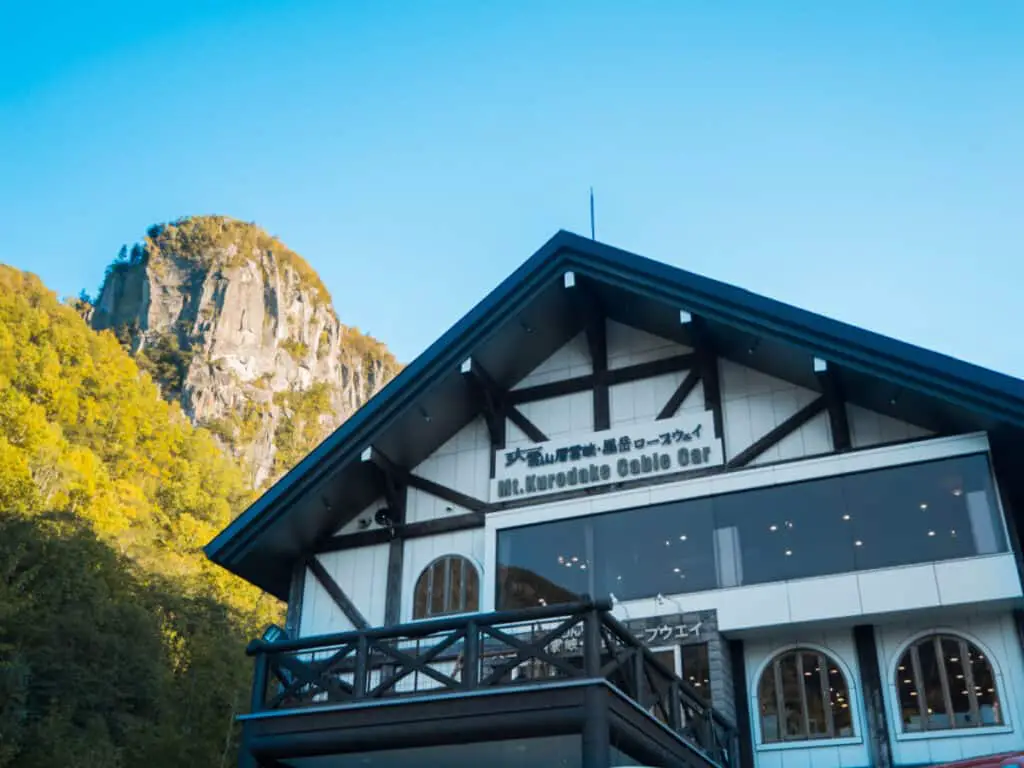
Shikotsu Toya National Park
Located in the western section of the island of Hokkaido. It has a total size of nearly 380 square miles and is named for the volcanic caldera lakes of Lake Shikotsu and Lake Toya. Noboribetsu, a prominent hot spring resort, is also located inside the park.

Reaching Hokkaido Via Shinkansen (Bullet Train)
The Hokkaido Shinkansen is a Japanese high-speed rail system that connects with the Tohoku Shinkansen in northern Honshu’s Aomori Prefecture and continues into Hokkaido’s heartland through the underwater Seikan Tunnel.
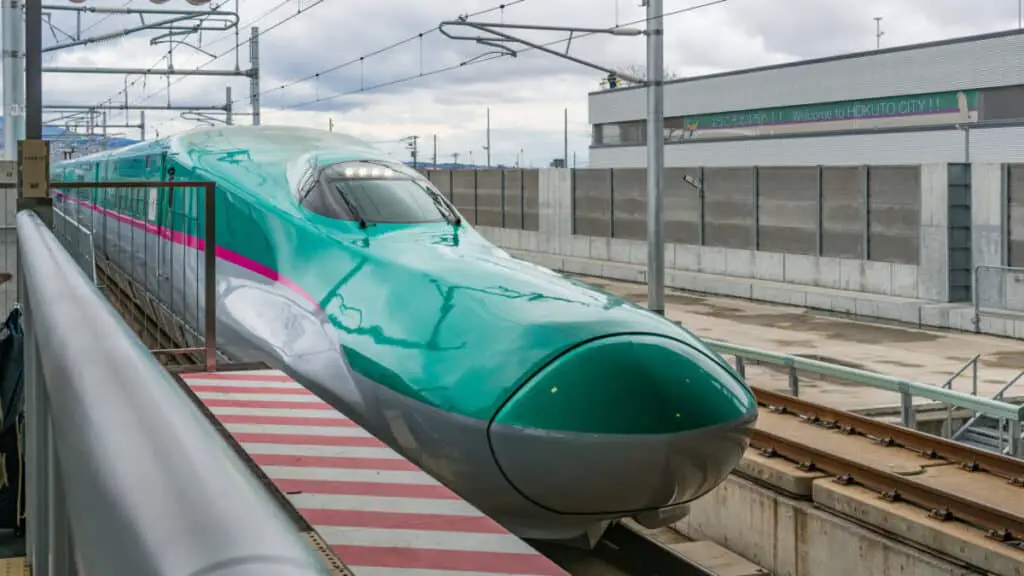
Construction began in May 2005, and the first segment, from Shin-Aomori to Shin-Hakodate-Hokuto, opened on March 26, 2016. The railway extension to Sapporo is scheduled to be completed by 2030.
The JR Pass is valid on the Hokkaido Shinkansen for all Shinkansen operations, including the extremely fast Hayabusa Shinkansen. On this route, the JR Pass is quite valuable, as a one-way ticket would cost 22,690 yen.
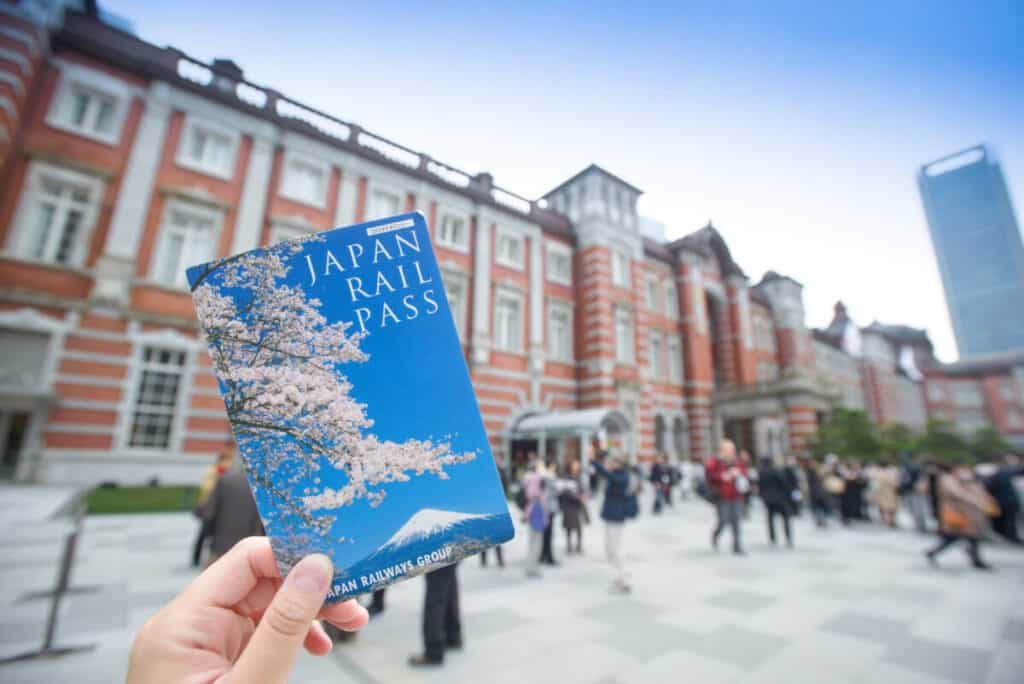
Reaching Hokkaido Via Air
Three main Hokkaido airports: New Chitose Airport (CTS), Hakodate Airport (HKD), and Asahikawa Airport (AKJ)

New Chitose Airport Location Via Google Maps
The Sapporo metropolitan region is served by New Chitose Airport, which is located 2.7 nautical miles south-southeast of Chitose and Tomakomai, Hokkaido, Japan. It is Hokkaido’s largest airport in terms of both traffic and land area.
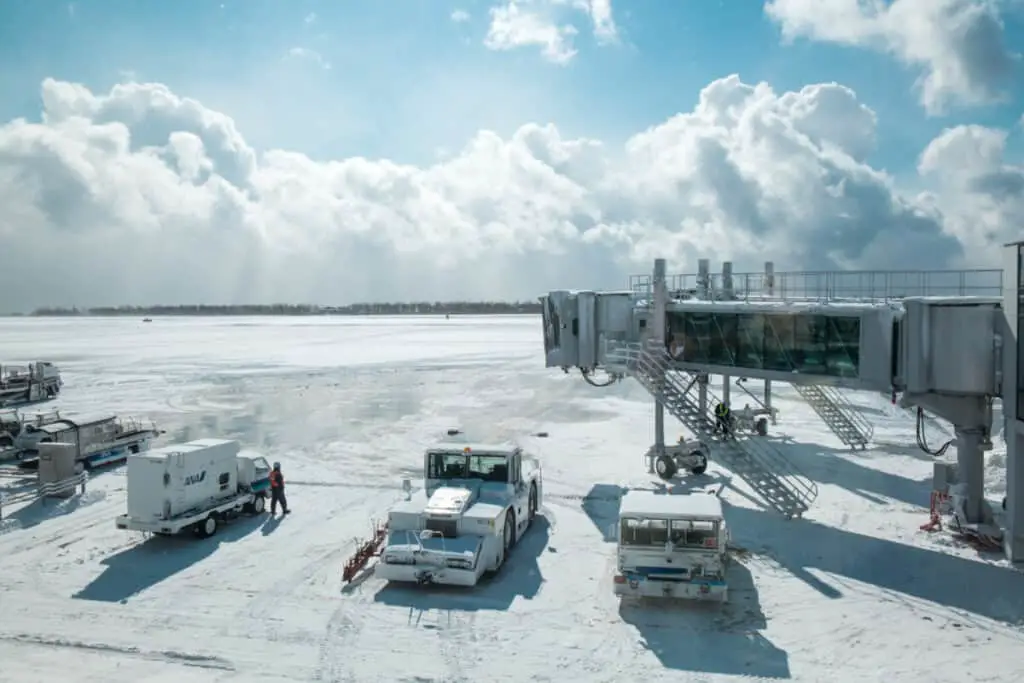
Hakodate Airport Location Via Google Maps
Hakodate Airport is a small airport near Hakodate, Hokkaido, Japan, about 5 miles east of Hakodate Station. The Ministry of Land, Infrastructure, Transport, and Tourism is in charge of it. The single 3900-foot runway at Hakodate Airport first opened in 1961. In 1971, a new terminal was built and the runway was extended. In 2005, a new terminal building was completed.
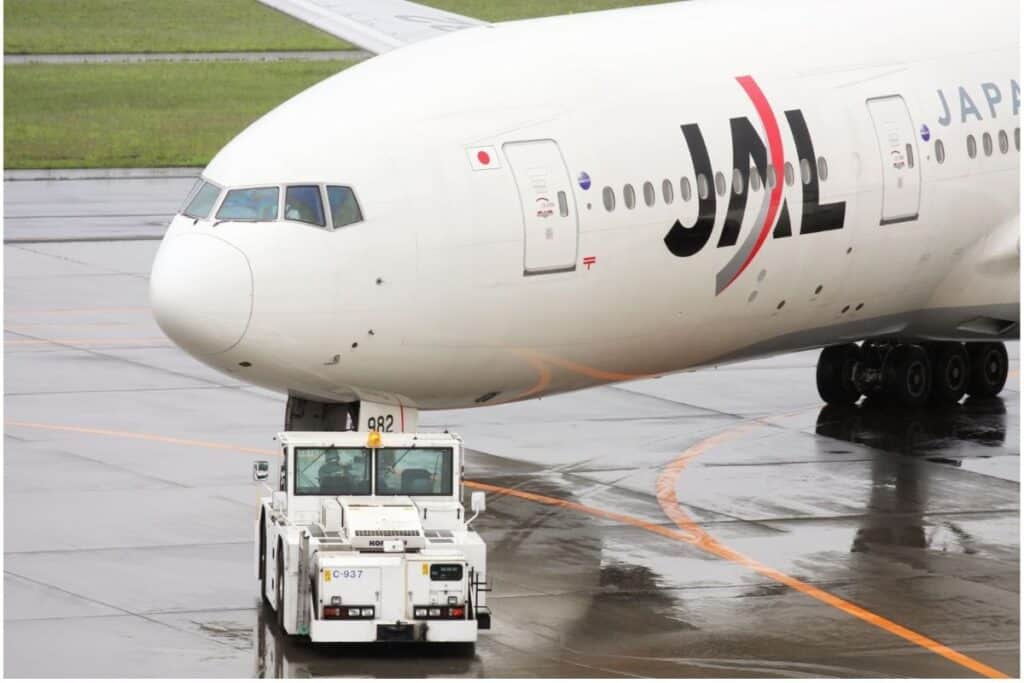
Asahikawa Location Via Google Maps
Scheduled international service to Seoul commenced in 2006, with the airport terminal’s new international facilities. Plans to develop a new international terminal to the south of the present terminal were finalized in 2016, with a goal of 500,000 international passengers per year by 2030. By September 2019, the present terminal was enlarged and renovated.
One of the first things that you will need to sort before traveling to Hokkaido is how you plan to travel around the island. The island is very large and makes up for 22% of all of Japan! It is the biggest prefecture in Japan. So, don’t think that you can get everywhere by public transport, you will need to arrange transport ahead of time.
When you arrive you will get an appreciation for just how big the island is as the airport (Chitose) is 30 miles from the main city of Sapporo. Sapporo is usually used as a “base” city when exploring Hokkaido as it is conveniently located.
To give you a rough idea of the distances traveling from Sapporo to Furano takes 2 hours (71 miles), Sapporo to Hakodate takes 4 hours and 15 minutes (190 miles), and Sapporo to Shiretoko takes 5 hours and 44 minutes (234 miles).
Toyota Car Rental Sapporo Official Website
When to visit
When planning your trip to Hokkaido the best time to visit will be dictated by what you want to do. For example, if you are looking to go skiing then obviously do not plan your trip for the summer as Hokkaido’s summer melts the winter snows.
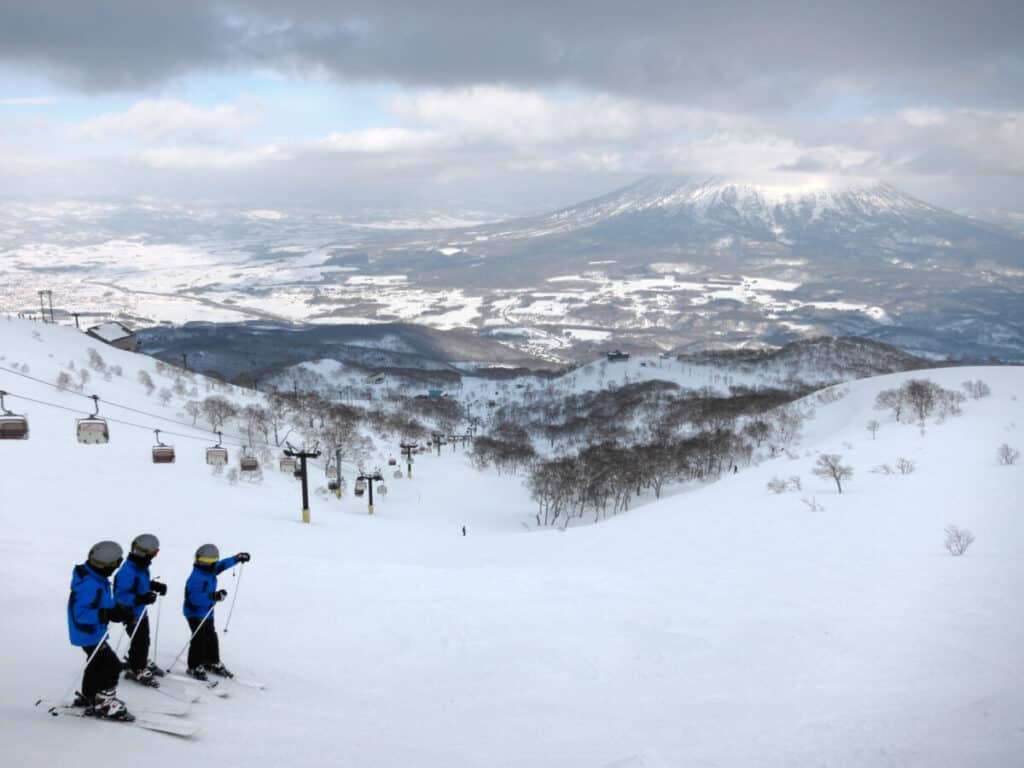
If snow sports are your thing then the best time to visit during the winter is either in January or February when the snow is the best. Hokkaido will have snow from November, but the conditions may not be the best for skiing or snowboarding.
However, January is the coldest month, and given that Hokkaido is so far north the temperatures can reach -27 degrees Fahrenheit in some places. Remember to wrap up warm and bring adequate winter attire. If you are driving then make sure your car’s tires are appropriate for the icy roads.
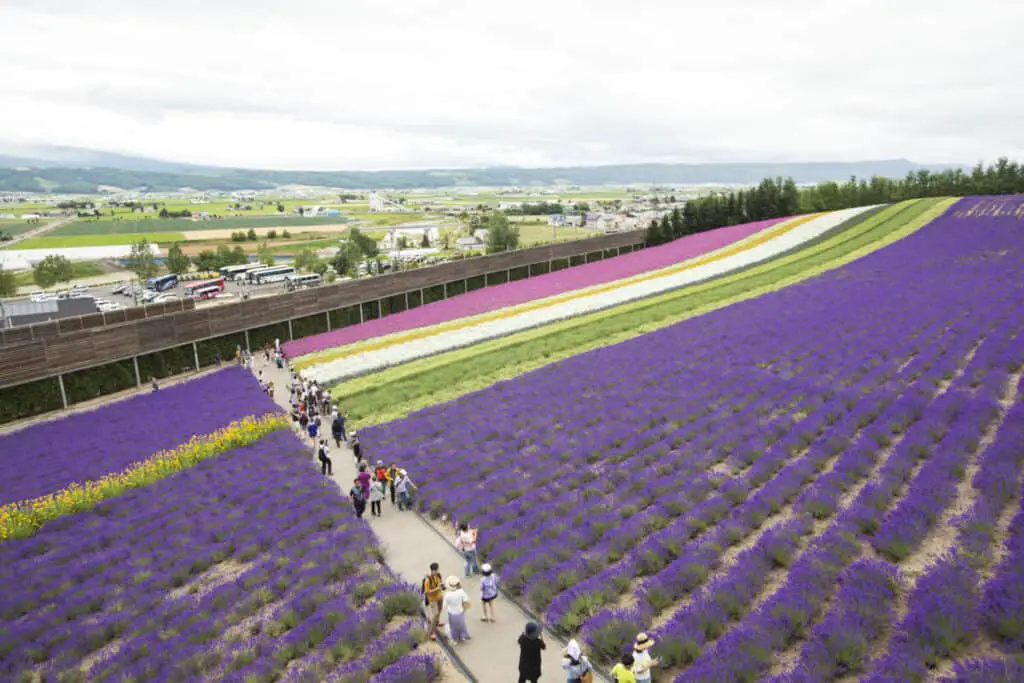
If you want to visit Hokkaido during the warmer months then you should expect a pleasant temperature of around 68 degrees Fahrenheit. If you want to take in the stunning landscapes of Hokkaido, especially the lavender fields, then summer is a great time to visit, particularly in July.
Main Attractions
Now you know which time of year it is best for you to visit, you will want to start planning what to fill your days with. Here we’ll detail some of the main cities to visit in Hokkaido for both seasons.
Sapporo
Visit Sapporo Official Website
Sapporo is used as a hub for many people while exploring Hokkaido. However, it does have its own charm and plenty of things to do.
Sapporo is a great place to relax, walk around, spend a day shopping and even stop by some of the more famous spots. These include the clock tower and the Sapporo Hitsujigaoka observation hill from which you can see beautiful views in the summer and the winter.
Sapporo Location Via Google Maps
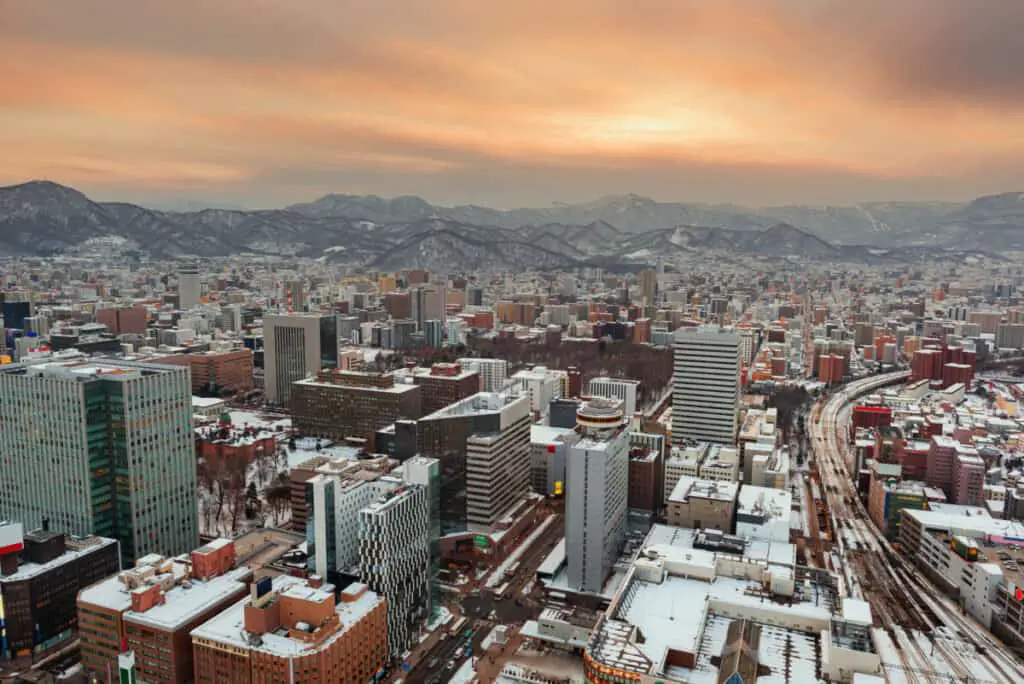
East Hokkaido and Nature
If you are a fan of nature then visiting Eastern Hokkaido is a must. Here you can see the UNESCO world heritage site Shiretoko peninsula as well as observe the drift ice during the winter months.

East Hokkaido has many fantastic landscapes to admire and perhaps of the most beautiful is Kushiro marsh in the national park. Here not only will you find beautiful greenery but you will also be able to see some fascinating wildlife in its natural habitat.
Hakodate
Visit Hakodate Official Website
If you are interested in architecture the Hakodate is the perfect place for you. The combination of Western and Eastern architecture is clearly visible in the buildings and the history of the town is represented in its architecture.
Not only are the buildings here fascinating but the food here is incredible. Whether you are in the mood for seafood or more Western cuisine, you’re in luck.
Hakodate City Location Via Google Maps
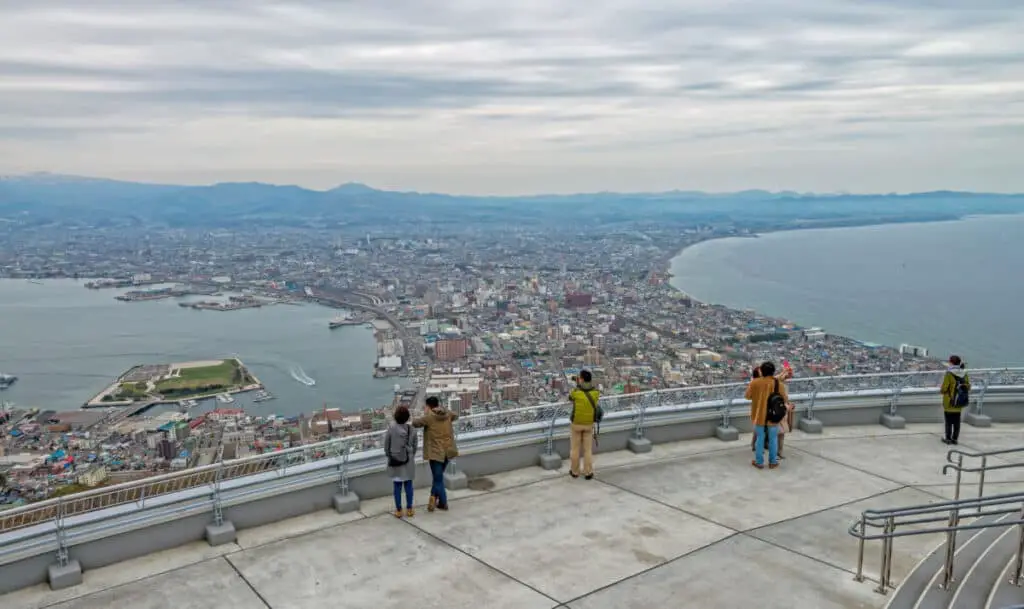
Travelling around
Hokkaido is a very large land area and so you will need to arrange transport beforehand. This can either be by rental car, bus or train. If you are looking to stick to your own schedule without the worry of missing a departure time then renting a car is definitely the way to go as you can go at your own pace.
If you plan to rent a car during the summer in Hokkaido, arrange this in advance as this is a busy period and if your trip aligns with festivals you may be subject to less choice or high fees.
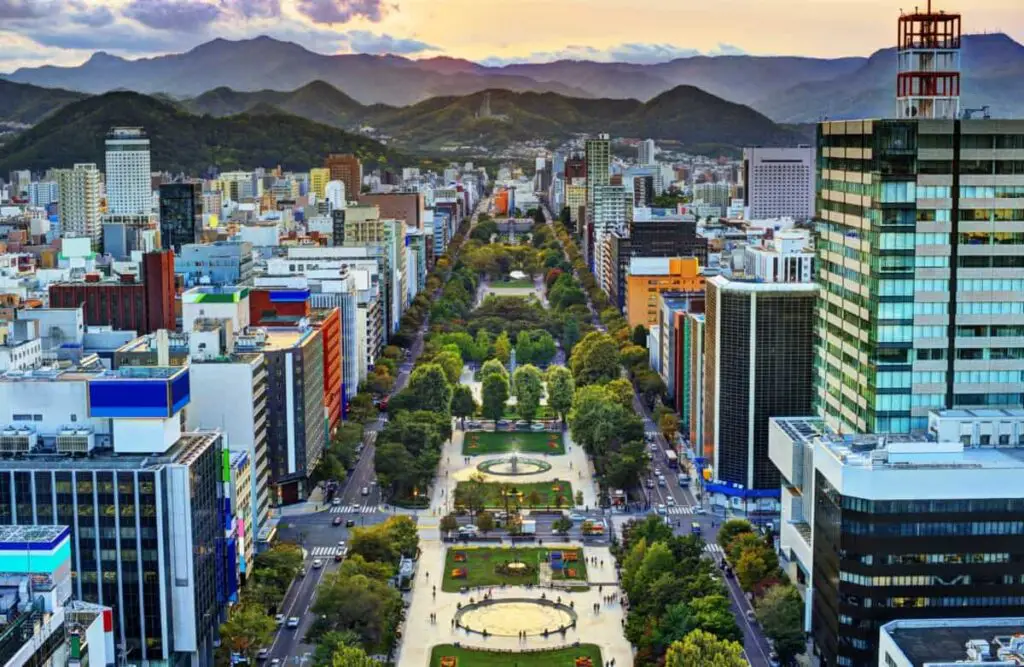
Buses are one of the more affordable means of transport on the island, but they take a long time to get from one place to the other. For some routes there are overnight buses, meaning that you can get a good night’s sleep and wake up at your destination.
If you prefer to sit back and glide through the beautiful natural landscape of Hokkaido then a train is the best option. However, make sure that you check the timetable ahead of time as not all of the routes run frequently.
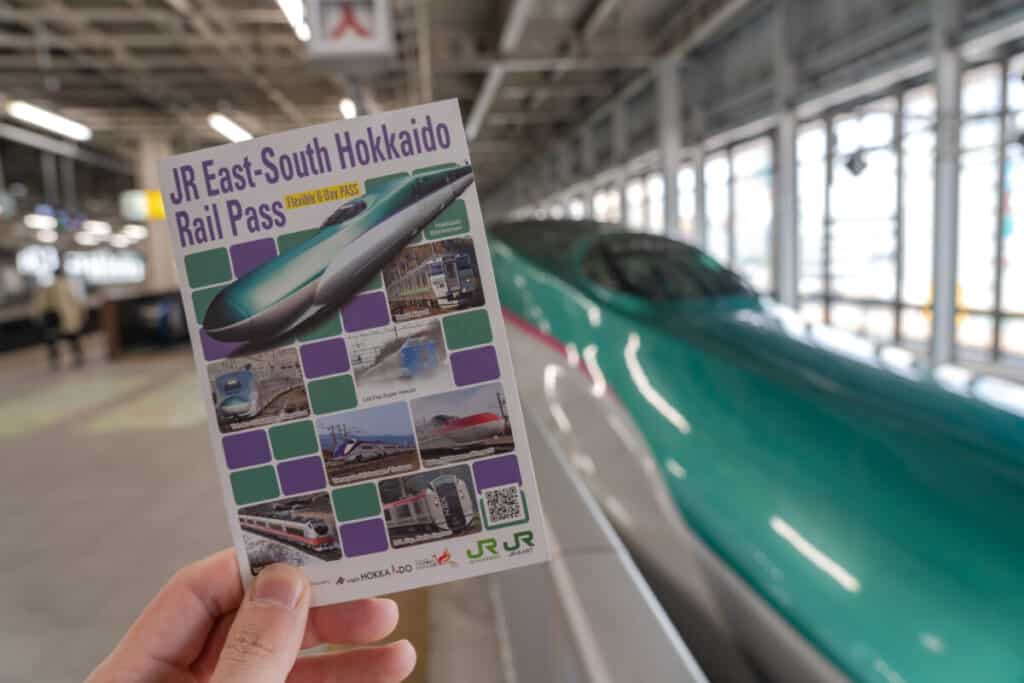
If you plan to do a lot of traveling during your time in Hokkaido consider purchasing the JR Hokkaido pass as this will help you to save money on transportation costs.
JR Hokkaido Pass Official Website
Conclusion
Although Hokkaido is out of the way for most visitors to Japan it is worth the visit. The island is the second-largest in the country, meaning that it has a lot to offer both for those who like to keep busy, and maybe even ski or snowboard, and those who want to relax, shop and enjoy their trip.
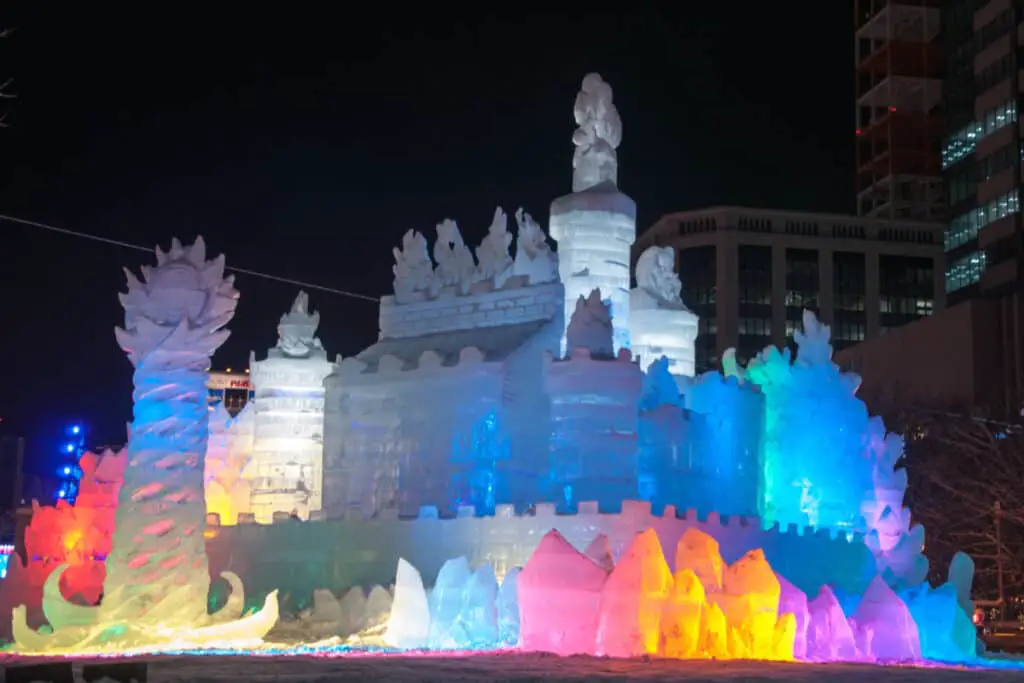
There is something for everyone in Hokkaido no matter if you visit during the winter or the summer. However, you will need to make sure that you do a bit of planning in advance. This will ensure that you do not miss any sights that you want to see and that you do not feel rushed or pressured during your trip.
Visit Hokkaido Official Website
The distances between certain attractions are rather large and not only will you need to make sure that you have enough time to travel to these spots, but you will also need to arrange transportation and hotel accommodation.
There are many options for transportation in Hokkaido from rental cars to buses, trains, and even planes.

